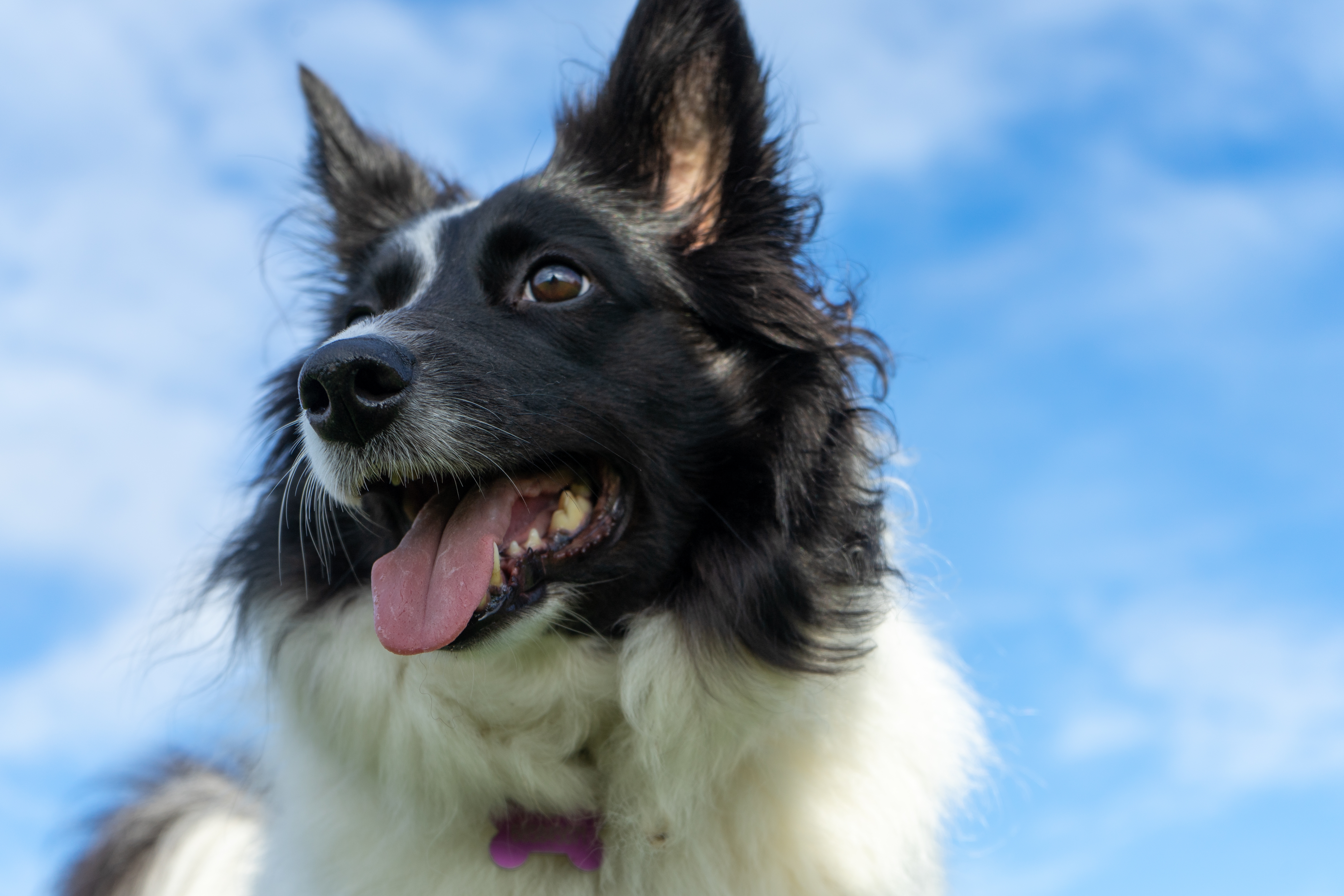What To Do If Your Dog Gets Heatstroke
Article - 5 min read • Updated May 29, 2025
Medically reviewed by Dr. Claire Tan, BVSc (Qld.), BAppSc (Qld.)

If your dog shows signs of heatstroke, act immediately but gradually. Here’s what you should do:
Move your dog to a shaded or air-conditioned space
Douse or hose your dog with cool (not cold) water. Avoid ice water, which may cause shock
Place cool, wet towels on your dog’s paws, armpits, and head
Use a fan or portable cooler to help bring down their body temperature
Offer small amounts of cool water to drink. Avoid over-hydration or gulping
Continue cooling until your dog’s breathing steadies. If he begins to shiver, stop cooling because you may have overdone it
Then go to the vet immediately. Even if your dog looks better, internal damage could still be occurring.
Dogs are especially vulnerable to heatstroke, a life-threatening condition that can come on quickly. If you also have rabbits, check out our article on heatstroke in rabbits — they are just as sensitive to the heat.
What Exactly is Heatstroke and Why Should Dog Owners in Singapore Worry
Heatstroke occurs when your dog’s body temperature rises dangerously high, typically above 40°C and the body can no longer cool down efficiently through panting. Without quick action, heatstroke can cause organ failure, brain damage, or even death.
How to Spot the Early Signs of Heatstroke Before It Turns Dangerous
Early warning signs of heatstroke can be subtle. Be alert to these symptoms:
Excessive and heavy panting
Excessive drooling
Staggering, lethargy, or uncoordinated movement
Rapid heartbeat
Dark red or bright red tongue and gums
Sticky or dry tongue and gums
Vomiting or diarrhoea (can be bloody in severe cases)
Collapse or loss of consciousness
Did you know? In a study published in Scientific Reports (2020), heatstroke fatality rates in dogs were 14.2%, with brachycephalic breeds having significantly higher risks.
Which Dogs are Most Likely to Suffer and Why It Matters
Some dogs are more susceptible to heatstroke than others, including:
Senior dogs
Puppies
Dogs with thick, double coats, e.g. Chow Chows, Siberian Huskies
Brachycephalic breeds (flat-faced), e.g. French Bulldogs, Pugs, Shih Tzus
Overweight or obese dogs - check your dog's body condition with this handy guide
Dogs with respiratory or heart conditions
Dogs left in enclosed, poorly ventilated areas, such as cars or sun-exposed rooms
Never leave your dog in a parked car. Even with the windows cracked open, the temperature can rise above 45°C within minutes under the sun.
The Dos and Don’ts Every Dog Owner Needs to Know to Prevent Heatstroke
Dos:
Refill your dog’s water bowl frequently
Walk your dog on grass rather than sun-heated pavements
Schedule walks during cooler hours (early morning or late evening)
Ensure your dog has access to shade and ventilation when outside
Trim long coats to reduce overheating — but avoid shaving too close to the skin
Don’ts:
Don’t walk your dog in the afternoon sun (10am–4pm is usually the hottest)
Don’t dress your dog in clothes during hot weather
Don’t ignore subtle signs of overheating like restlessness or excessive panting
Don’t leave your pet outdoors unsupervised on hot days
Want to Keep Your Dog Safe From Heatstroke? Here’s Your Action Plan
Heatstroke in dogs is entirely preventable with the right care and awareness. In hot and humid Singapore, your pet depends on you to keep them comfortable and cool. Recognise the signs, know what to do, and always follow up with a vet visit if you suspect heatstroke.
Need personalised advice? Contact Gaia Vets! Our team is here to help your furry family members stay safe and healthy in every weather!